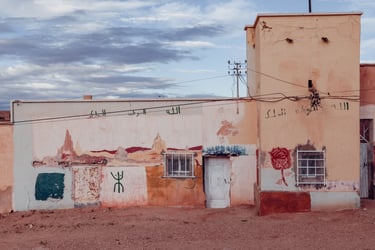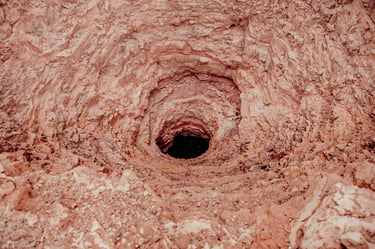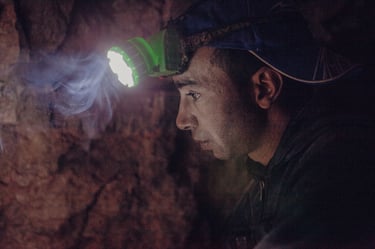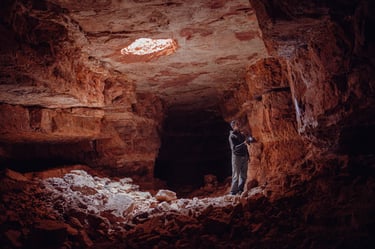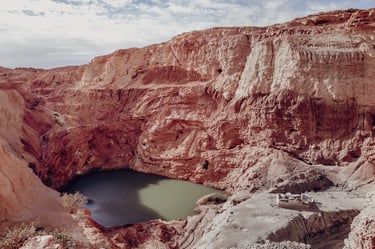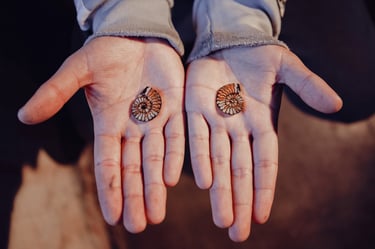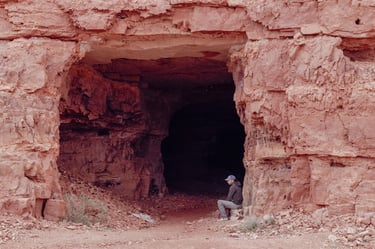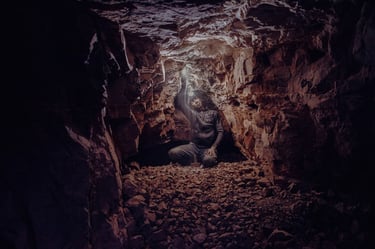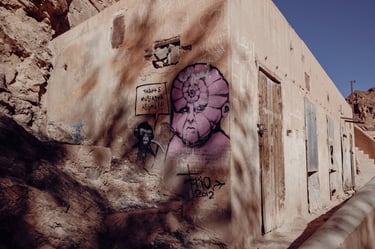Fossils of a colony
Mibladen, a small Moroccan village located 25 kilometers from Midelt, owes its history to the discovery of lead deposits that coincided with the French colonization of the country. It is said that Midelt became the second city in Morocco to have electricity, after Casablanca.
From the mid-1950s until the mines closed in 1975, the region experienced unprecedented industrial activity. Nearly 30,000 workers from Casablanca, Meknes, and other cities flocked to the area. Houses and railways were built to accommodate the growing workforce, and the mines operated around the clock.
For the next 25 years, even after Morocco’s political regime changed, the same French company continued to control the mines. When the resources were finally depleted, the company withdrew, leaving behind abandoned sites and desolate villages.
Today, around 400 people remain in Mibladen. Entrepreneurs from Midelt and Europe regularly visit to buy minerals, fossils, and metals for resale abroad. Most of the local population depends on what is left behind — the remnants of a once-thriving mining era.
Among them is Mohamed, who learned the trade from his father at the age of ten. Ever since, he has been digging the mountains by hand, searching for lead, copper, and other minerals. When he is not working in the abandoned tunnels, he and his younger brother, Abdul, hunt for fossils in the surrounding hills.
Mohamed says that in a year, he can dig up to twenty kilometers underground. “If you find something, you live,” he explains. “If not…” His words trail off, a quiet acknowledgment of the danger and uncertainty that define life in Mibladen — where many have lost their lives in the endless search for what remains beneath the earth.
